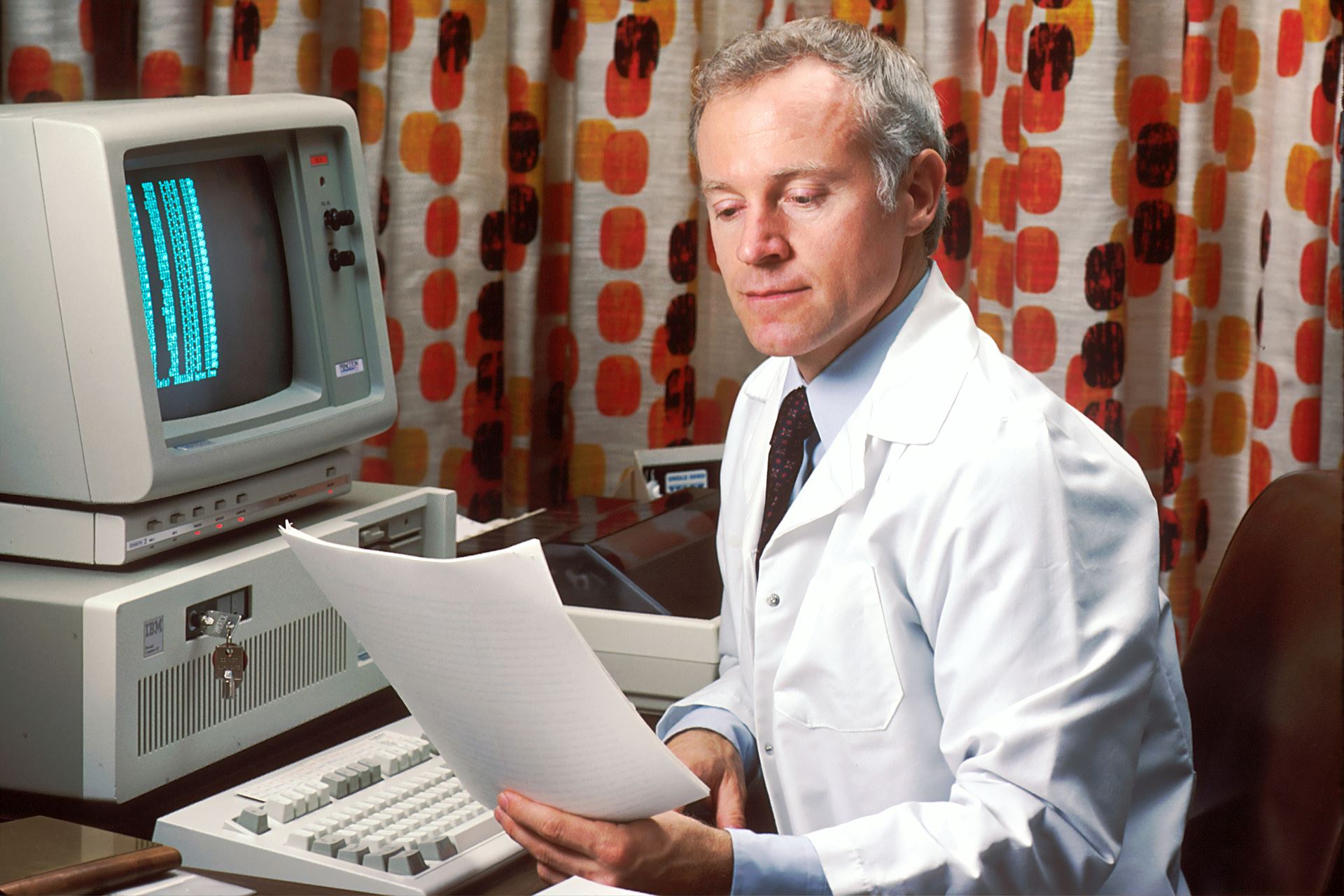All test results are reviewed by a doctor or practice nurse before they are released. If there is anything of concern, the practice will contact you by telephone or letter to arrange treatment or further investigations. You will not be contacted if your result is normal.
If you would like to check your results yourself, you can either telephone the practice at the end of surgery sessions, or complete the form below. Our administrative staff can provide results, or you may be directed to speak with a nurse or doctor. For confidentiality, adults’ results will only be given to the patient, except in exceptional circumstances.
Most blood test results are available within 7–10 days. X-ray and scan results can take up to three weeks or longer, depending on the test and the laboratory processing it.
Test Results
Results of Tests and Investigations
Blood Tests
A blood test is when a sample of blood is taken for testing in a laboratory. Blood tests have a wide range of uses and are one of the most common types of medical test. For example, a blood test can be used to:
- assess your general state of health
- confirm the presence of a bacterial or viral infection
- see how well certain organs, such as the liver and kidneys, are functioning
A blood test usually involves the phlebotomist taking a blood sample from a blood vessel in your arm and the usual place for a sample is the inside of the elbow or wrist, where the veins are relatively close to the surface. Blood samples from children are most commonly taken from the back of the hand. The childs hand will be anaesthetised (numbed) with a special cream before the sample is taken.
You can find out more about blood tests, their purpose and the way they are performed on the NHS Choices website Blood tests - NHS.
X-Rays
An X-ray is a common test used to look inside the body. It’s especially useful for detecting bone problems, such as fractures, but can also help identify issues with soft tissue, for example pneumonia or breast cancer.
What To Expect
During the test, you may be asked to lie on a table or stand against a surface so the part of your body being examined is positioned between the X-ray tube and the photographic plate.
X-rays are usually carried out by a radiographer, a healthcare professional trained in using imaging equipment such as X-ray machines and ultrasound scanners.
For more information about X-rays, how they work, and any possible risks, visit the NHS website.
Page created: 23 July 2021
